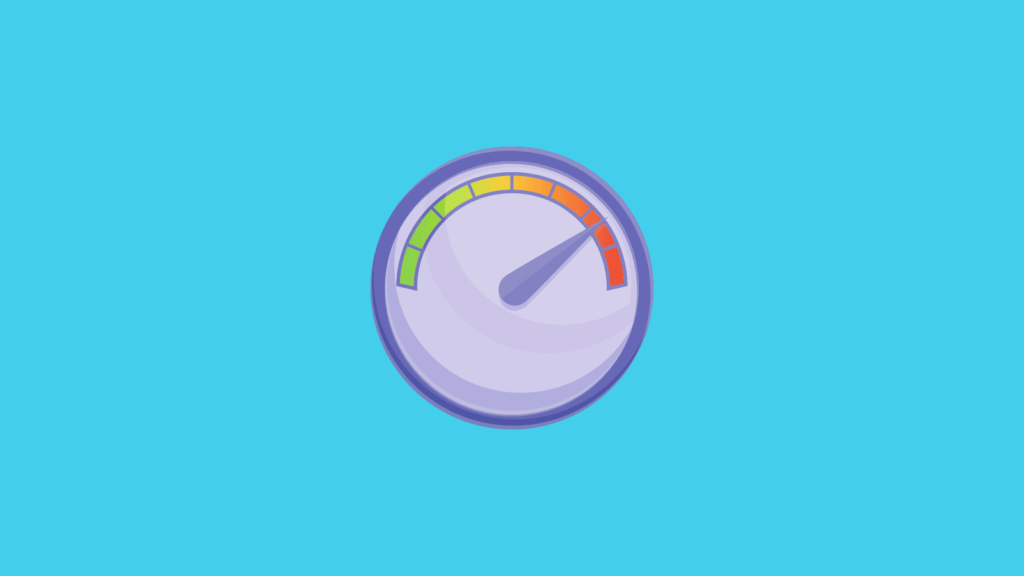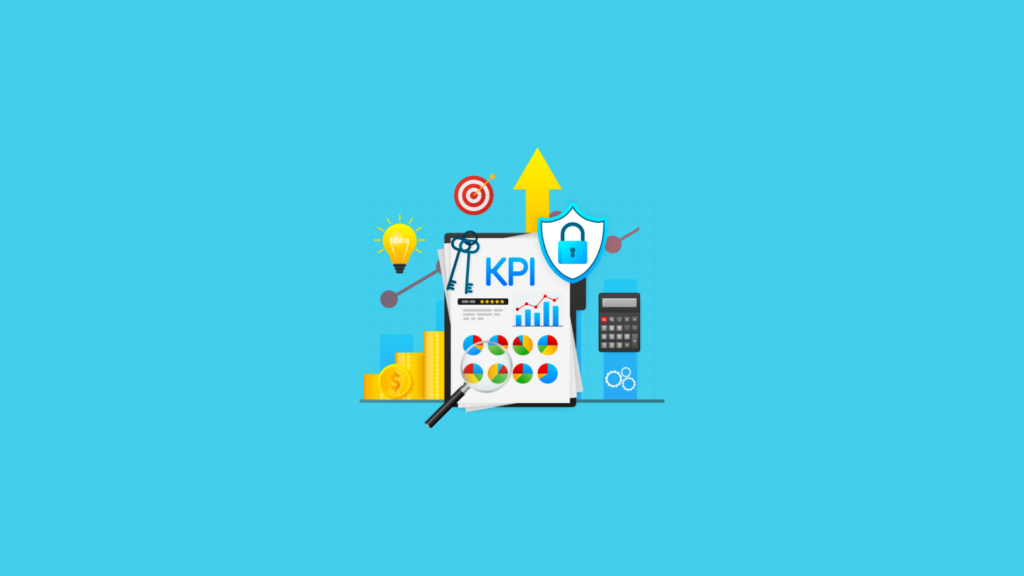A No-Brainer Guide To Boost Your Website Performance
A well-performing site is the backbone of a successful business. Check out this guide and learn how to Boost your Website Performance starting today.

Website performance measures how fast your web pages load and display content. Ideally, page load time is the first event users experience when using your site, and it decides whether they’ll be interested.
Typically, the average time a user will wait for a site to load before losing focus is 0.3 to 3 seconds. If it exceeds this, they’re likely to bounce. It can lead to shopping cart abandonment, dissatisfied customers, and lost conversions.
Therefore, optimizing your company’s website performance is crucial. It acts as your business home on the internet, so it must be fast and responsive. A well-maintained and fully optimized site can help you connect with your target audience more efficiently.
Also, increased engagement can drive more traffic, boost conversions, and increase sales and revenue. Besides, a well-performing website ranks higher in the Search Engine Results Pages (SERPs).
That said, here’s a comprehensive guide to boost your website performance:
How To Measure Website Speed

Before implementing any changes, measuring your website performance is essential. This way, you can evaluate how well your site serves your target audience and identify the areas that need improvement.
You can measure a set of metrics called Google’s core web vitals to determine how your website is performing in terms of speed, visual stability, and responsiveness. They include:
- Largest Contentful Paint (LCP): It measures a site’s loading speed regarding the largest content elements on a page, like images or a text block. To deliver an excellent user experience, LCP should load within 2.5 seconds after a user clicks on your website.
- First Input Delay (FID): It measures interactivity, how long a website takes to respond to user inputs like taps and clicks. A good website should have an FID of less than 100 milliseconds. That means visitors can easily navigate and interact with your website.
- Cumulative Layout Shift (CLS): It’s a metric that measures a website’s visual stability. A lower CLS score indicates better website performance in terms of visual stability. It ensures that users can enjoy a stable page layout without unexpected shifts, which can be frustrating and lead to poor user experience.
Measuring the above metrics will give you the insights you need to improve website performance, enhance user engagement, and boost conversions. However, many companies may need to learn how to fix Google’s Core Web Vitals scores.
Fortunately, you can partner with a core web vitals consultant for expert guidance on the necessary changes to ensure your site is optimized for Google’s ranking algorithm.
Best Practices To Improve Your Website Performance

The following are some tips to improve your website performance:
1. Optimize Your Images
Large images make your page weight heavier, slowing down your site’s performance. Fortunately, there are ways to optimize your images without compromising quality. Below are image optimization strategies to consider:
- Crop your images before uploading so they don’t exceed screen boundaries.
- Use image compression tools to compress your pictures to the ideal size.
- Use images sparingly across your site. Remember, every image is another resource to load, so the fewer you have on-page, the quicker your site loads.
- Limit image file formats to JPG, PNG, GIF, and SVG. Also, utilize the correct file. Typically, JPEG is ideal for colored photos, GIFs for animated images, and PNG for simpler graphics.
- Eliminate unnecessary metadata in your images. It may include camera details, GPS data, and color profiles.
These image optimization guidelines can help you achieve better web performance.
2. Minimize Redirects And The Number Of HTTP Requests
HTTP requests enable a web browser to request vital data like scripts, images, and stylesheets from the site’s server and display the content on a web page. And the more the HTTP requests, the slower the page.
So, reduce the number of HTTP requests from the server to the browser for your page to load fast. The following are some ways to do that:
- Optimize image sizes
- Compress your CSS and JavaScript files. A fully optimized site usually loads the needed CSS and JavaScript files in a single HTTP request for each.
- Simplify your web pages to reduce the number of requested resources. Complex web pages need multiple HTTP requests to render fully.
- Merge multiple JS files.
- Use external resources from third-party servers sparingly. These may include embeds such as videos, images, external font packs, display ads, and affiliate links. They require more HTTP requests to separate servers, which can negatively impact your web performance.
Redirects are another major issue that can negatively impact your page’s load time. Redirects send visitors from the page they requested to a different one.
Many redirects often lead to additional HTTP requests, which can spike your site’s loading time. Also, some redirects take users to pages that don’t exist. This signals search engines that your website is not helpful to users and might rank you lower.
Thus, it’s necessary to minimize the number of redirects. Some ways to do that include:
- Adding canonical tags to manage duplicate content
- Checking and removing broken links
- Eliminating old redirects
Additionally, consider implementing a 301 permanent redirect. It’s where you inform Google to replace an old page with a new one and direct new traffic there.
3. Enable Browser Caching
When visitors click on your website, the browser downloads relevant content, including images, stylesheets, and HTML documents before displaying them on the web page. After the page loads, this content is stored in a cache. It’s a temporary storage solution that allows users to access content faster the next time they visit your site.
The browser doesn’t have to send another HTTP request to the server. In that case, enabling browser caching is vital to reduce loading time.
4. Use A Content Delivery Network (CDN)
The broader the distance between HTTP requests and the web server, the slower your website. Luckily, you can overcome geographical server location limitations by introducing CDN. It utilizes geographically distributed servers deployed in multiple data centers.
So, the server closest to your visitor will provide the requested content. Ideally, CDN enables you to store files closer to your target audience to serve content faster to users.
Benefits Of Improving Website Performance
Below are some reasons why improving website performance is essential:
- It improves the user experience: A fast-responding website provides users with a seamless browsing experience, increasing user engagement and leading to visitor retention.
- It boosts your rankings: Website performance is a critical ranking factor for websites. So, if your site loads quickly, search engines will rank it higher on SERPs as it’s considered helpful to users.
- It ensures higher conversion rates: When customers quickly navigate your site and access valuable information, they become more impressed and are inclined to buy your products or use your services.
- It improves brand image: Customers perceive a well-performing site as credible or legitimate and will be more inclined to associate with your brand.
Therefore, you’d want to optimize your website performance to ensure visitors have an incredible experience exploring your web pages.
Conclusion
A well-performing site is the backbone of a successful business. It ensures excellent user experience generally, which can help attract more traffic. Also, boosting your site’s load time can spike its ranking on SERPs. The above guidelines will help you optimize your website performance and make your brand presence more authentic and credible to users.
Improve your Marketing with the Power of AI
See how you can start with AI Marketing and reach your goals faster than ever before. Check out the Tips, Strategies, AI Tools, Masterclass, Courses, and Community. Unleash the true potential of your brand with the help of AI.